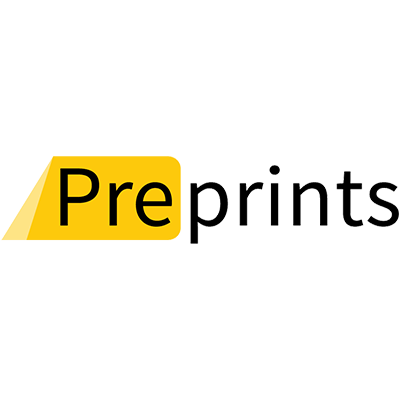Again, shared with permission, Anna Di Cosmo's latest, and it is important. In Anna's words, "the definitive way to anesthetize an octopus"
--
The Use of Isoflurane and Adjunctive Magnesium Chloride Provides Fast, Effective Anaesthetization of Octopus vulgaris
Simple Summary
Anaesthetising invertebrates is a welfare issue, but because there are so many different invertebrates (97% of all animal species), it is of the utmost importance to work out the most appropriate way to anaesthetise each group or even particular species of animals. In order to reduce stress and pain to the animals, clinical anaesthetics offer a standardised approach, given their known and well-studied effects at both system and cellular levels. Here, we show that the clinical anaesthetic isoflurane (1%), often used by veterinarians, can anaesthetise octopuses quickly and efficiently when used in conjunction with 1% magnesium chloride, which acts as a muscle relaxant. Recovery is equally quick, and the whole process from anaesthetisation to recovery is completed in 30 to 35 min, minimising animal stress.
Abstract
A wide variety of substances have been used to anaesthetise invertebrates, but many are not anaesthetics and merely incapacitate animals rather than preventing pain. In essence, the role of an ideal general anaesthetic is to act as a muscle relaxant, an analgesic, an anaesthetic, and an amnesic. To achieve all these properties with a single substance is difficult, and various adjuvants usually need to be administered, resulting in a cocktail of drugs. In a clinical setting, the vast majority of patients are unaware of surgery being carried out and have no memory of it, so they can claim to have felt no pain, but this is much more difficult to demonstrate in invertebrates. Here, we show that 1% MgCl2, a muscle relaxant, is a useful adjuvant for the clinical anaesthetic isoflurane on Octopus vulgaris when applied alone in seawater for 10 min before the clinical anaesthetic. After this, full anaesthesia can be achieved in 5 min using 1% isoflurane insufflated into the saline still containing MgCl2. Full recovery takes place rapidly in about 10 to 15 min. The depth of anaesthesia was monitored using changes in respiratory rate, chromatophore pattern, and withdrawal movements of the arms and siphon. This methodology reduces stress on the animal and minimises the quantity of anaesthetic used.
Paper attached.

 www.preprints.org
www.preprints.org



